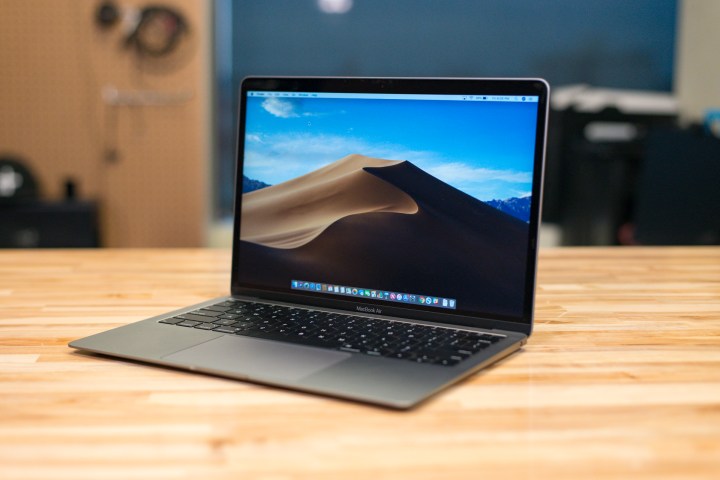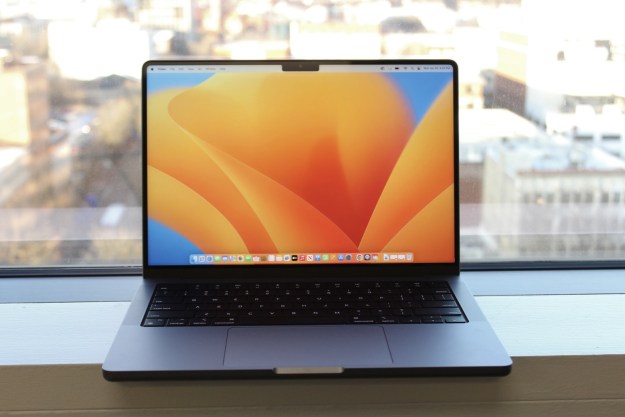
Apple’s next iMacs and MacBooks could ditch LCD retina screens in favor of much more vibrant mini LED panels. That’s according to a research note from respected Apple analyst Ming-Chi Kuo, MacRumors reports.
Though the details are scarce, Kuo believes that the switch to mini LED panels will offer wider color gamuts, higher contrast ratios, as well as high-dynamic ranges when compared to OLED panels found on other devices. It also will last much longer, and won’t pose burn-in issues when images are displayed too long on the screen. As VentureBeat points out, the choice of mini LED panels is a good alternative to OLED as it can get much thinner and can support a local dimming feature.
Cost of manufacturing the mini LED panels is also cheaper for Apple, which could eventually transition into the final price of devices for consumers. The new mini LED panels will come to a 31.6-inch Apple display in the second or third quarter of 2019. It’s not clear, however, if that refers to a Thunderbolt display, or to an iMac. Kuo, though, does confirm that the new display will be for the high-end market, and will feature an “all-new design.”
As for the MacBooks, Kuo forecasts that the mini LED panel will come to either the 15-inch to 17-inch model in early 2021. Again, it is not clear if that will be a new product, or for the now-delayed rumored 16-inch MacBook Pro. The 10-inch and 12-inch iPad will also pick up the panel in either 2020 or 2021.
Apple is not the only company that is experimenting with new display panels. Dell went big on the OLED technology at CES 2019 and announced it would be bringing OLED versions of the XPS 15 as well as the Alienware m15. Lenovo’s new Yoga C730 and HP’s Spectre x360 15 also feature OLED panels.
Samsung is also working on 15-inch 4K OLED panels for other laptop makers. The panel features a 3,840 x 2,160 resolution, an astonishing brightness range of 0.0005 to 600 nits, and a spectrum of 34 million colors. This might not be coming to an Apple product, but it was one of the highlights of what we were looking for in the new 2019 MacBook Pro.
Editors' Recommendations
- MacBook Pro OLED: Here’s everything we know so far
- These 6 tweaks take MacBooks from great to nearly perfect
- MacBook Pro 16 vs. MacBook Pro 14: The important differences
- The biggest threat to the MacBook this year might come from Apple itself
- I’m worried about the MacBook’s next big rival

